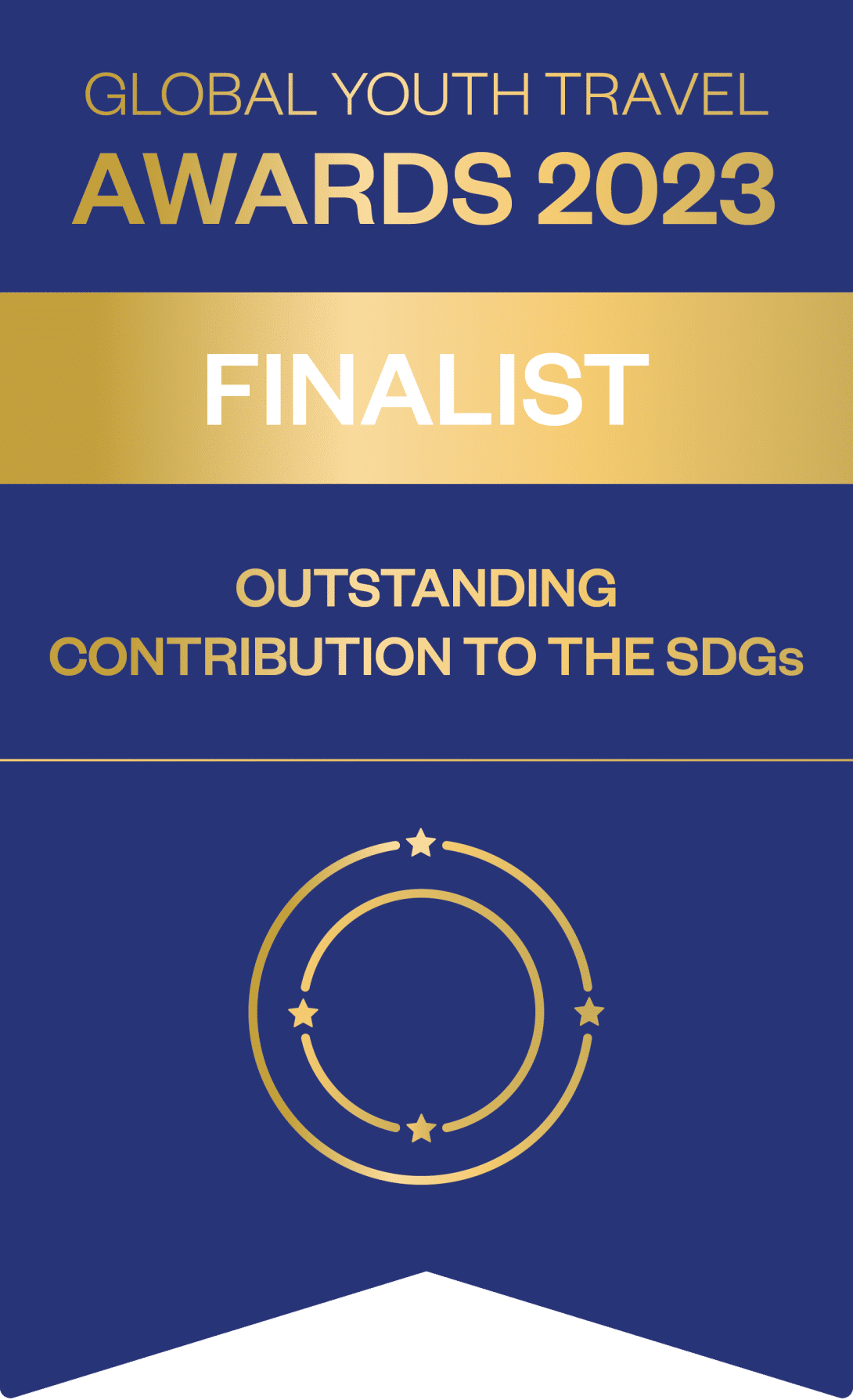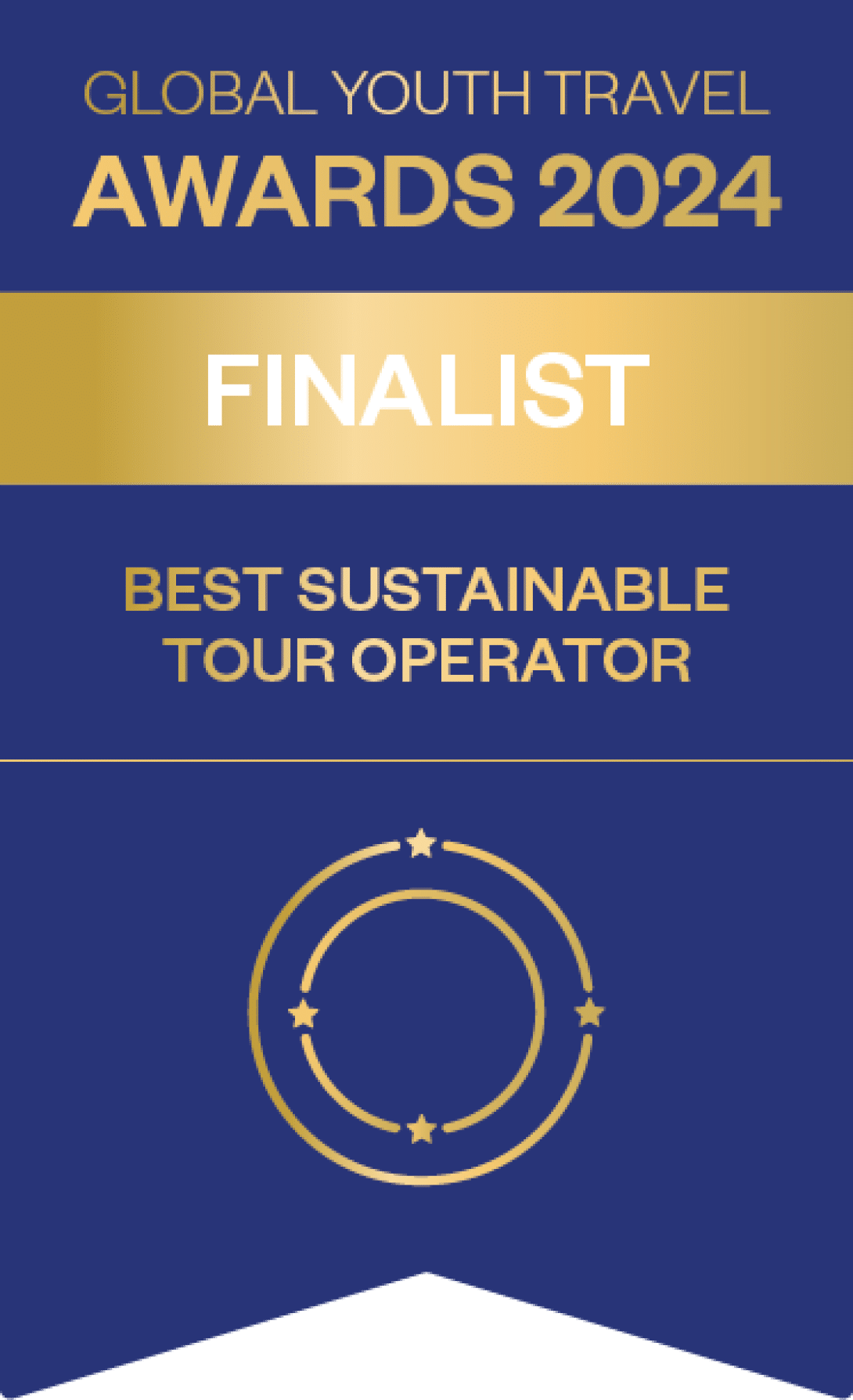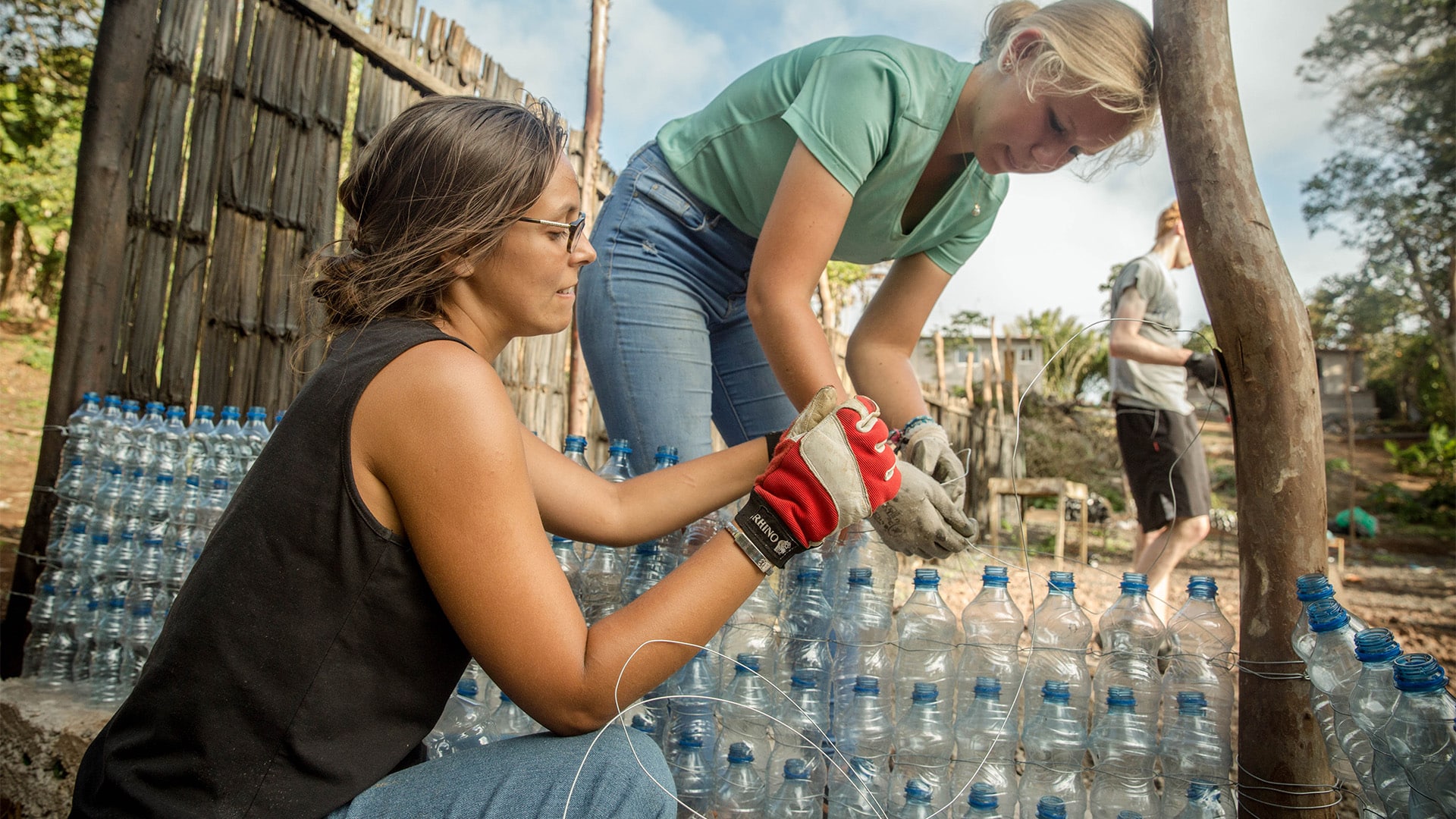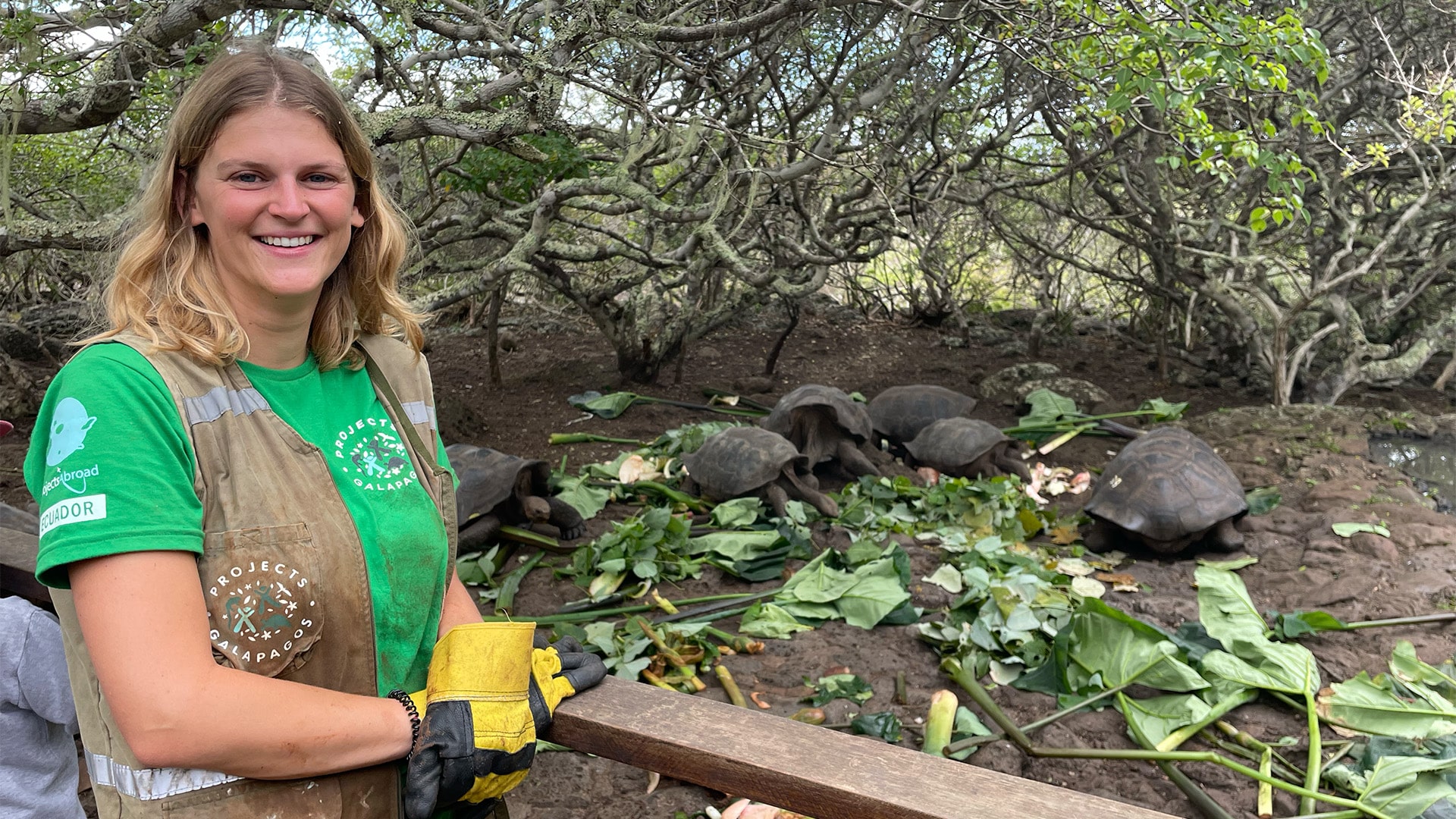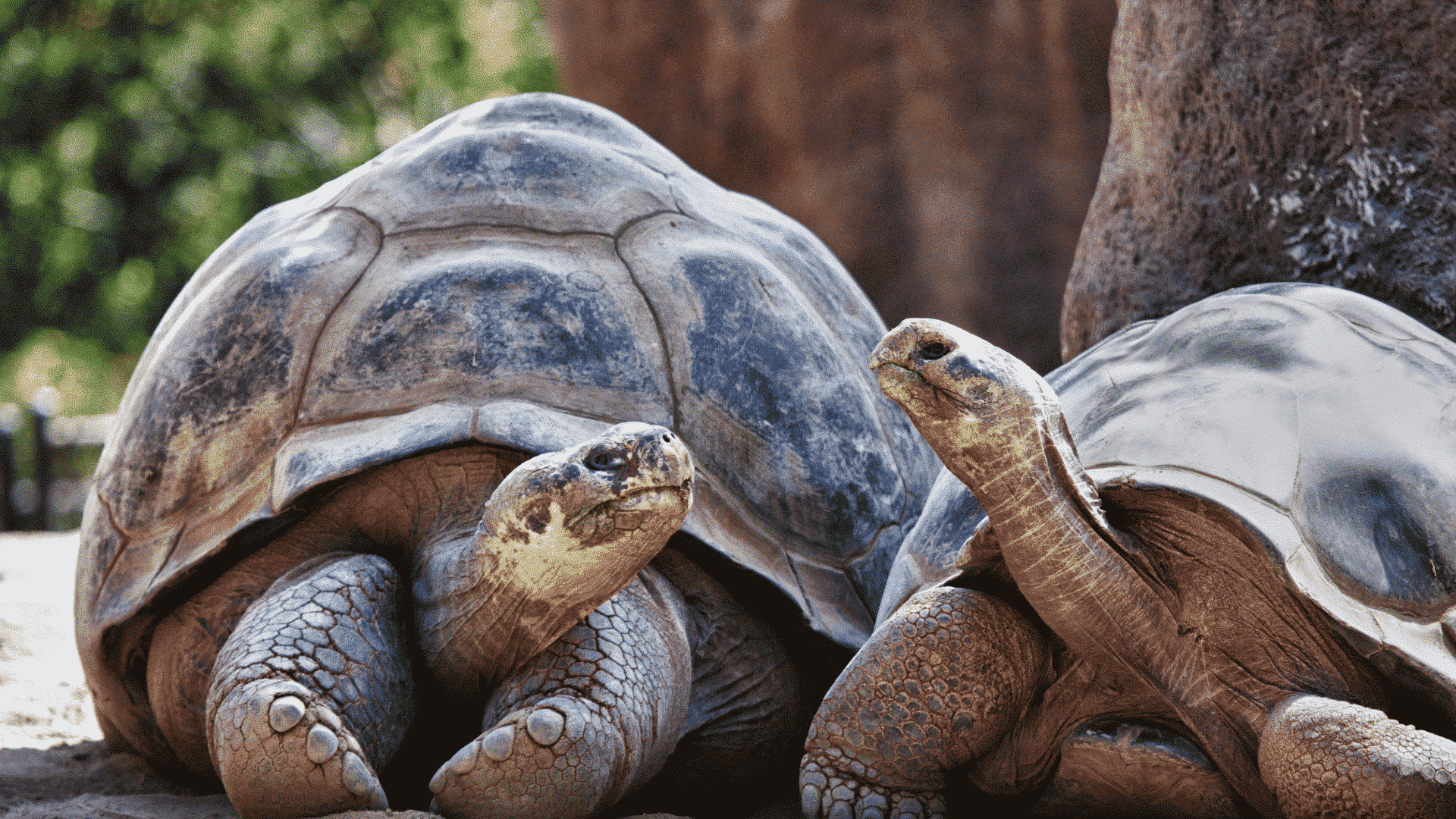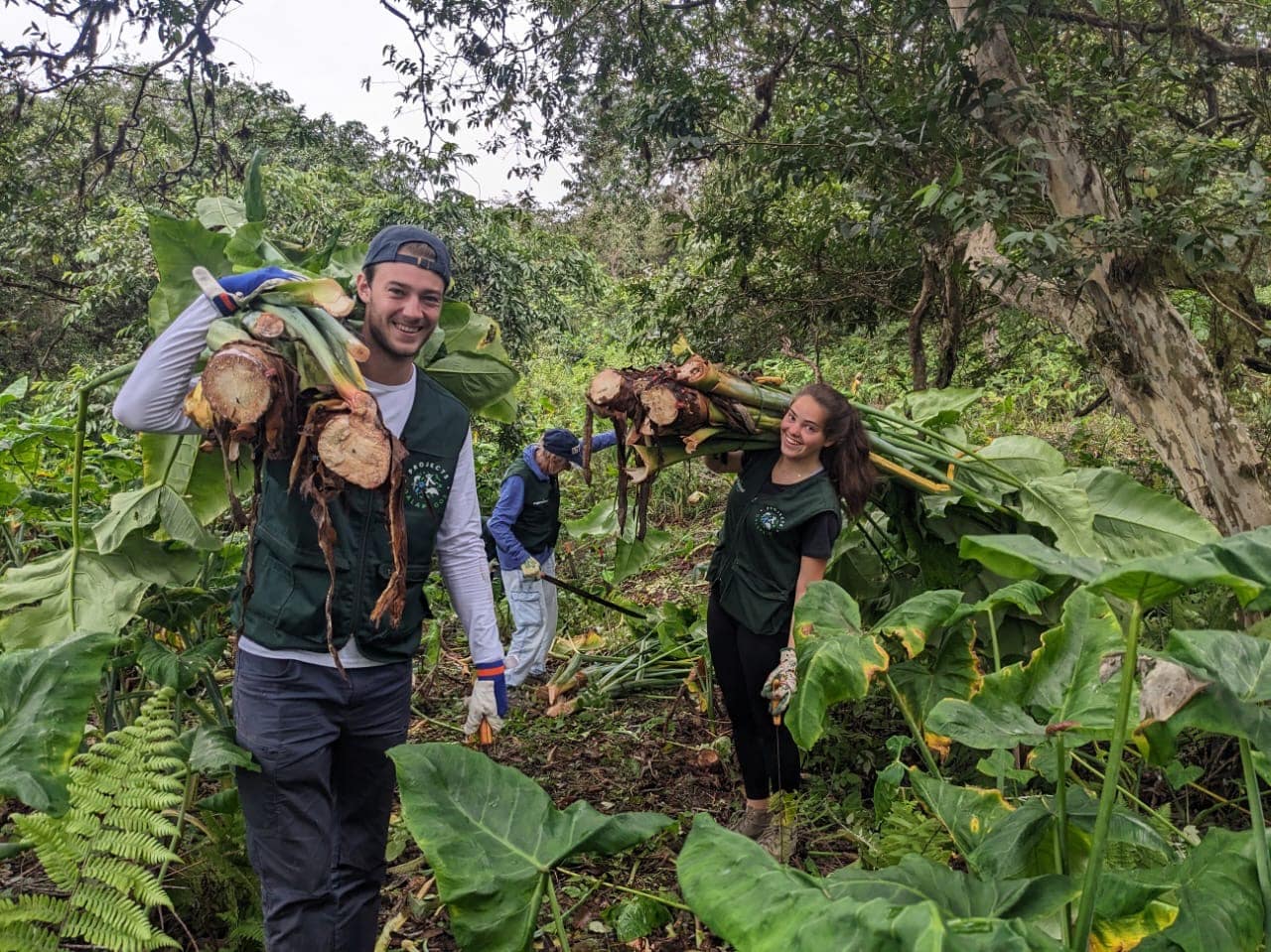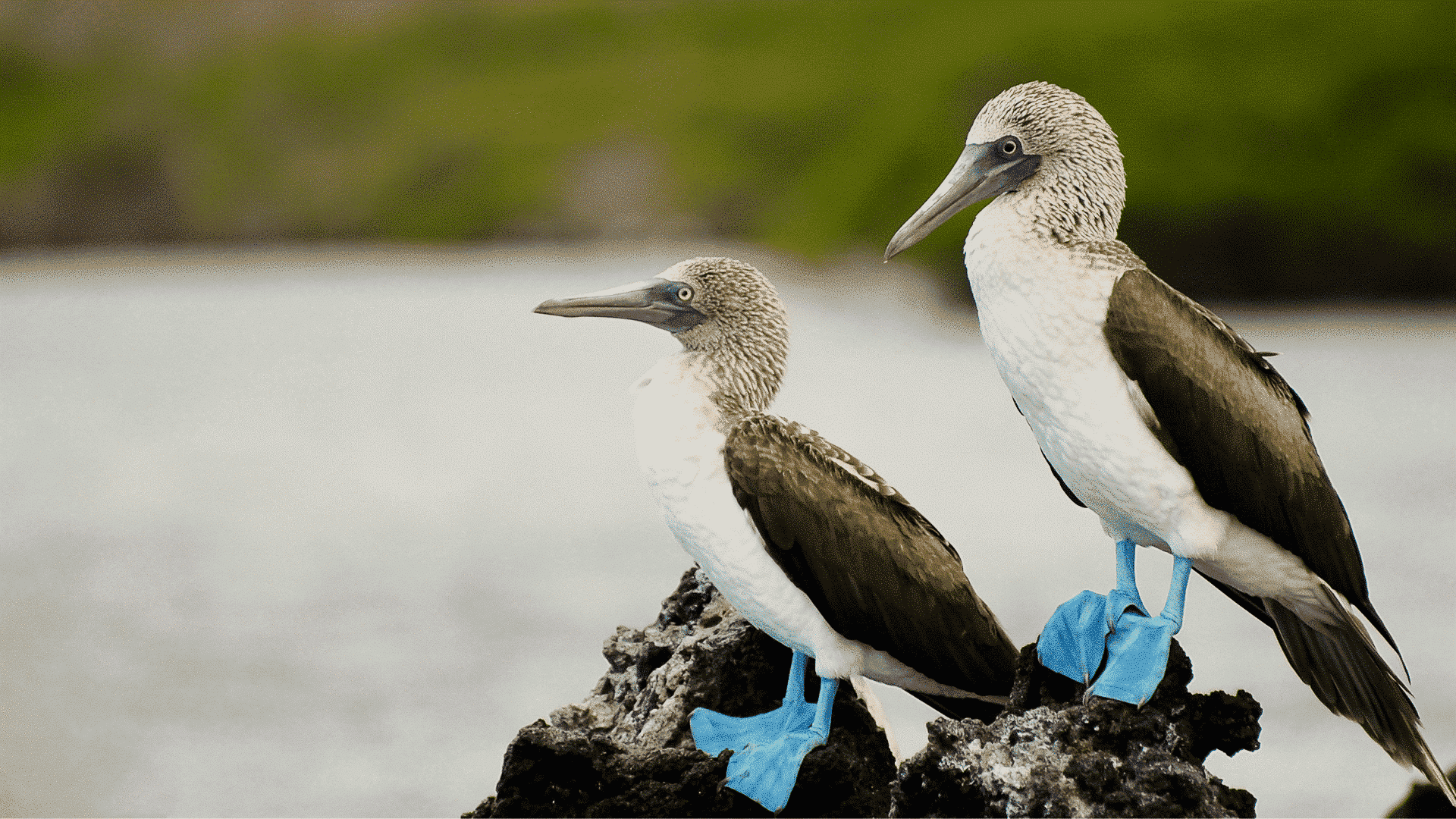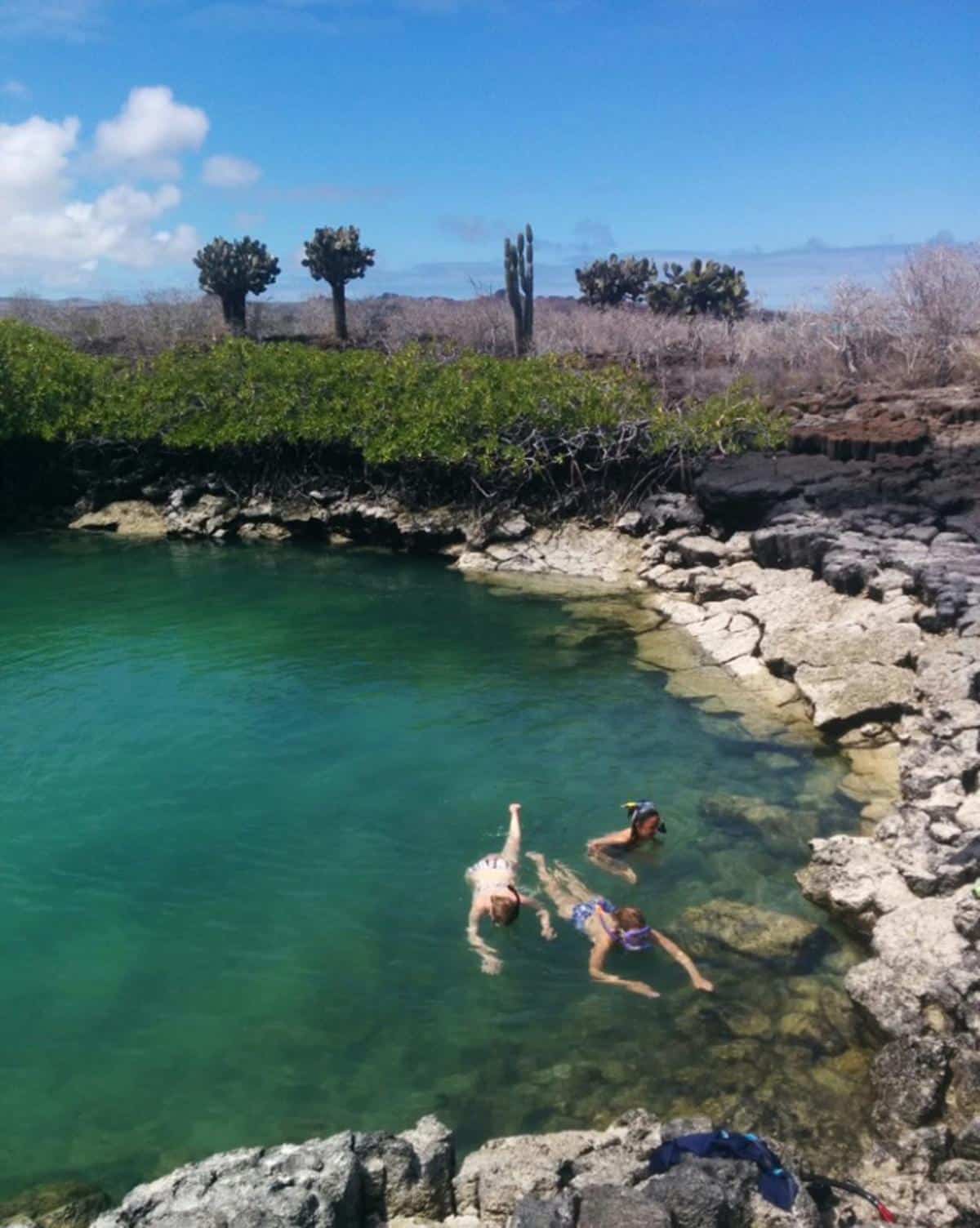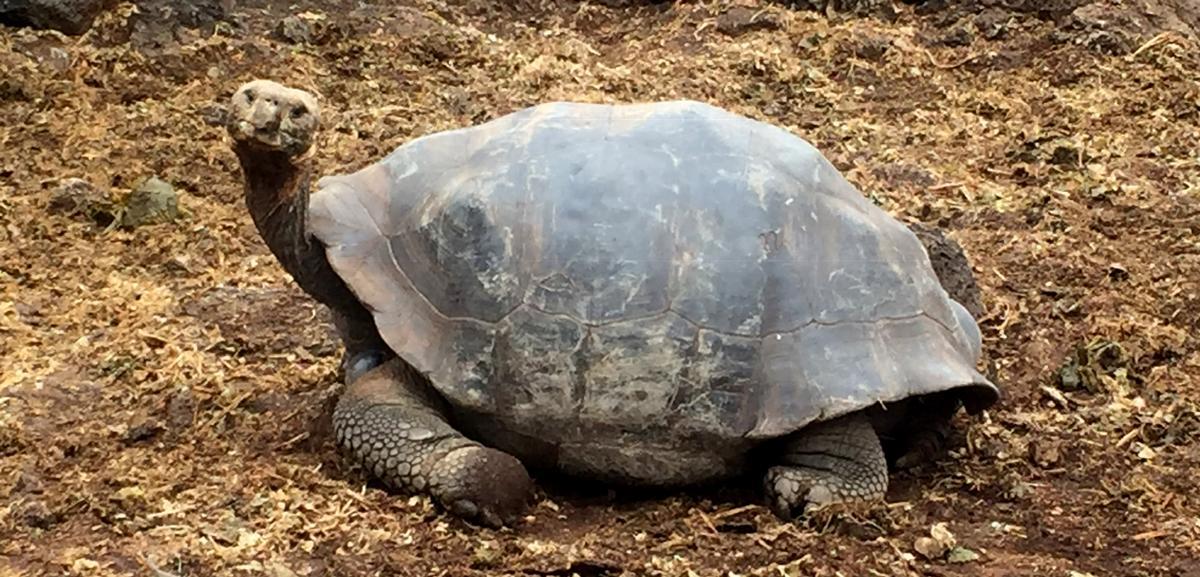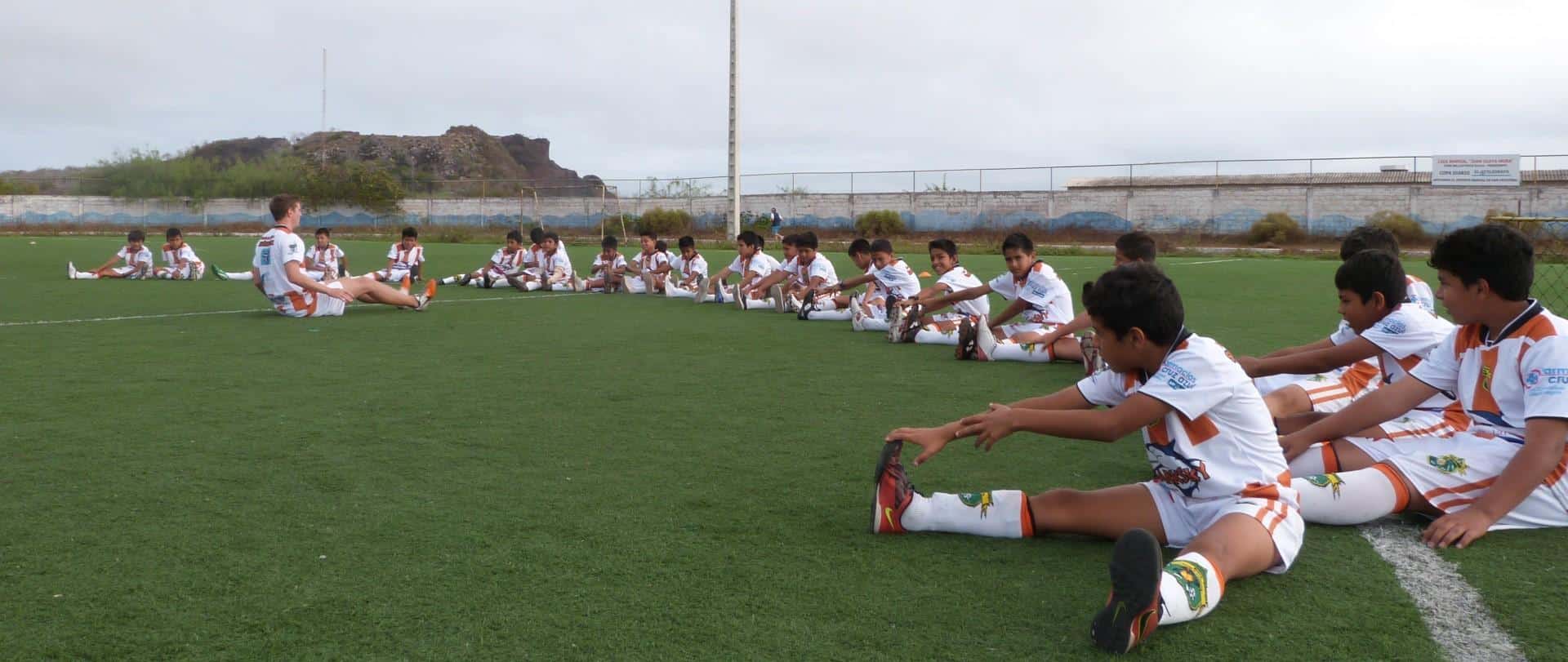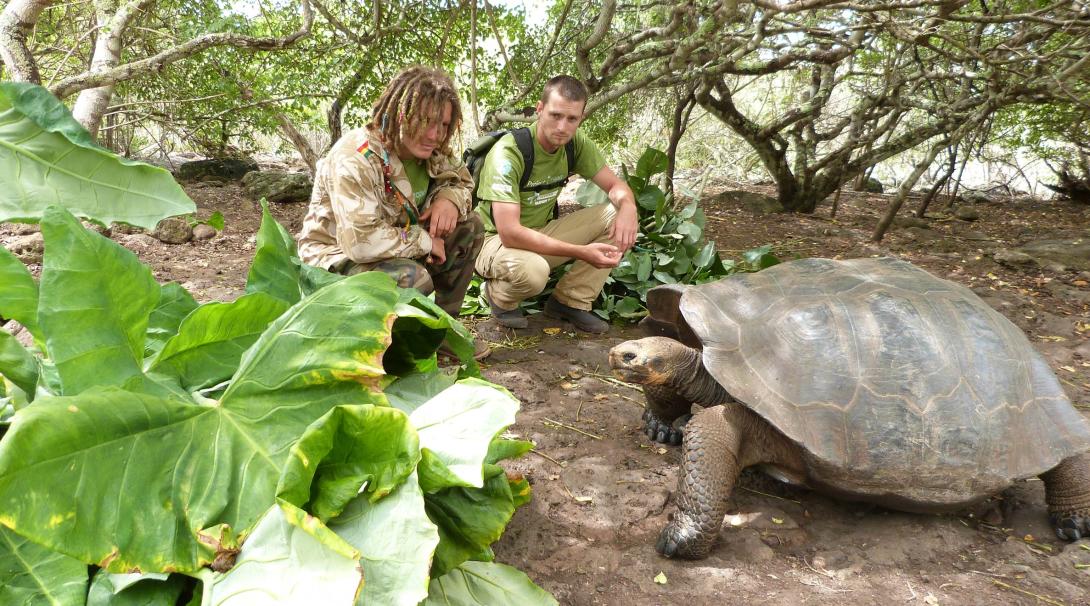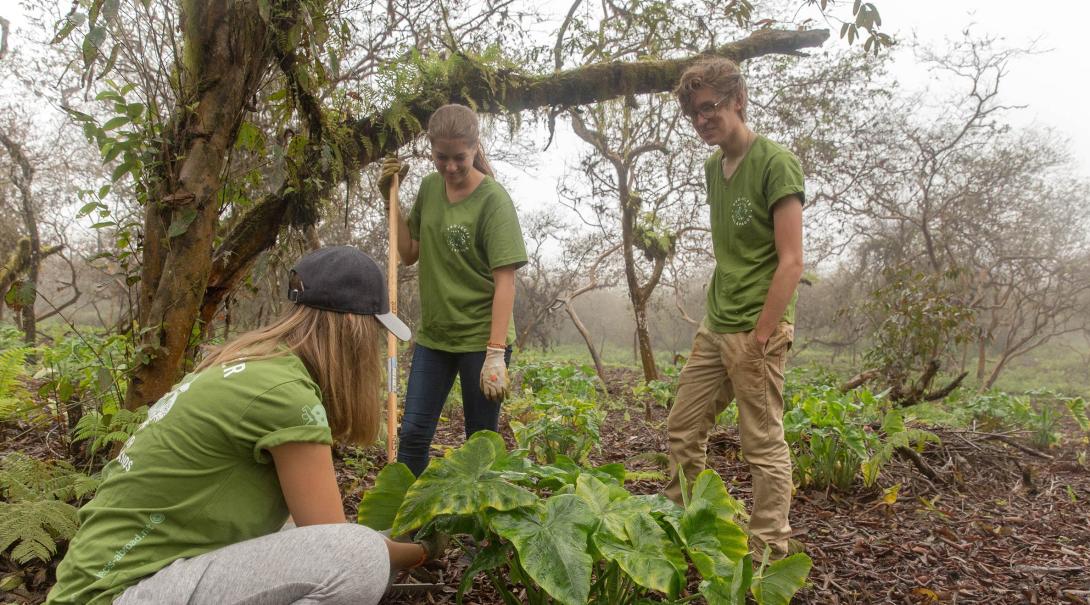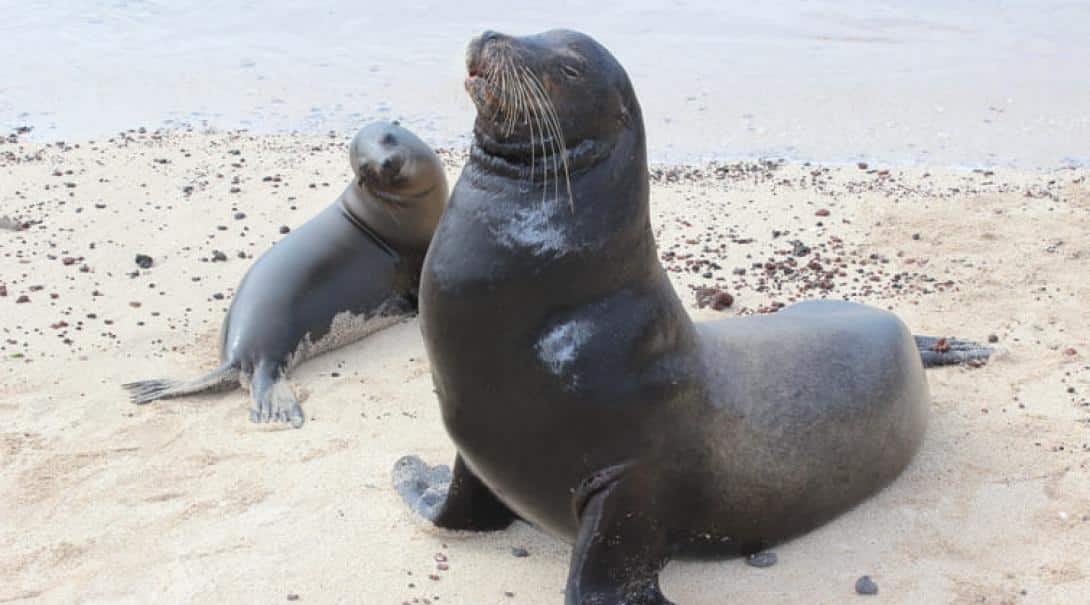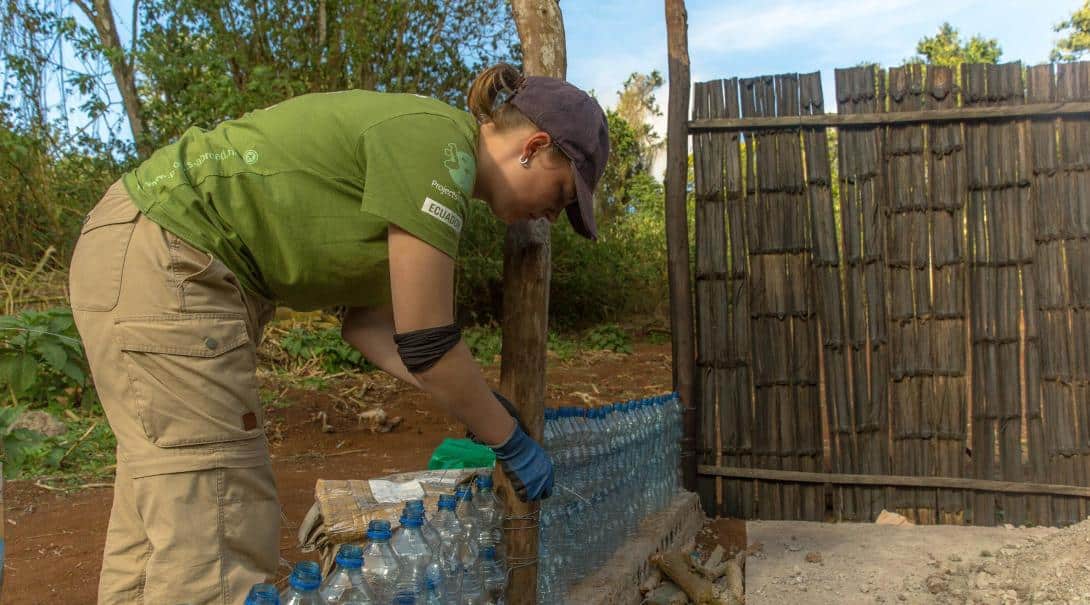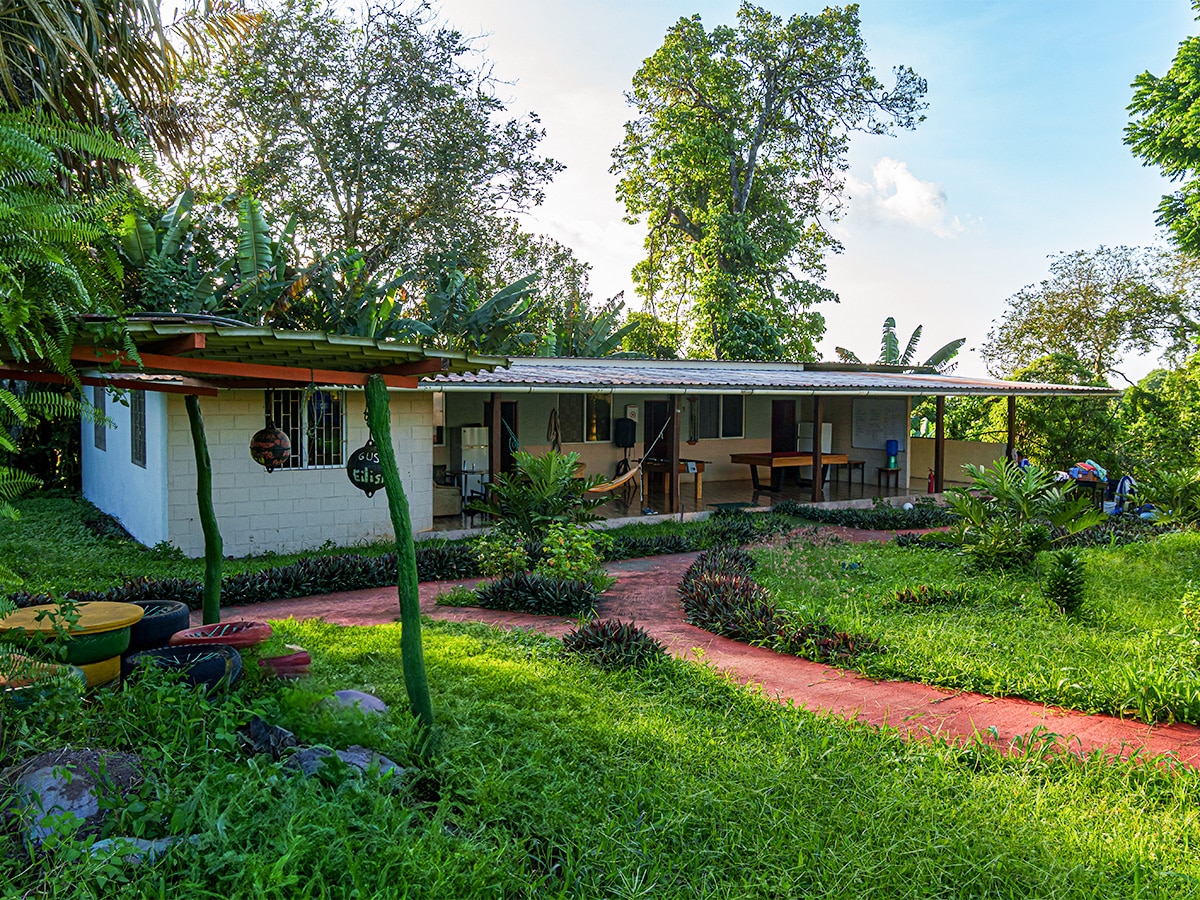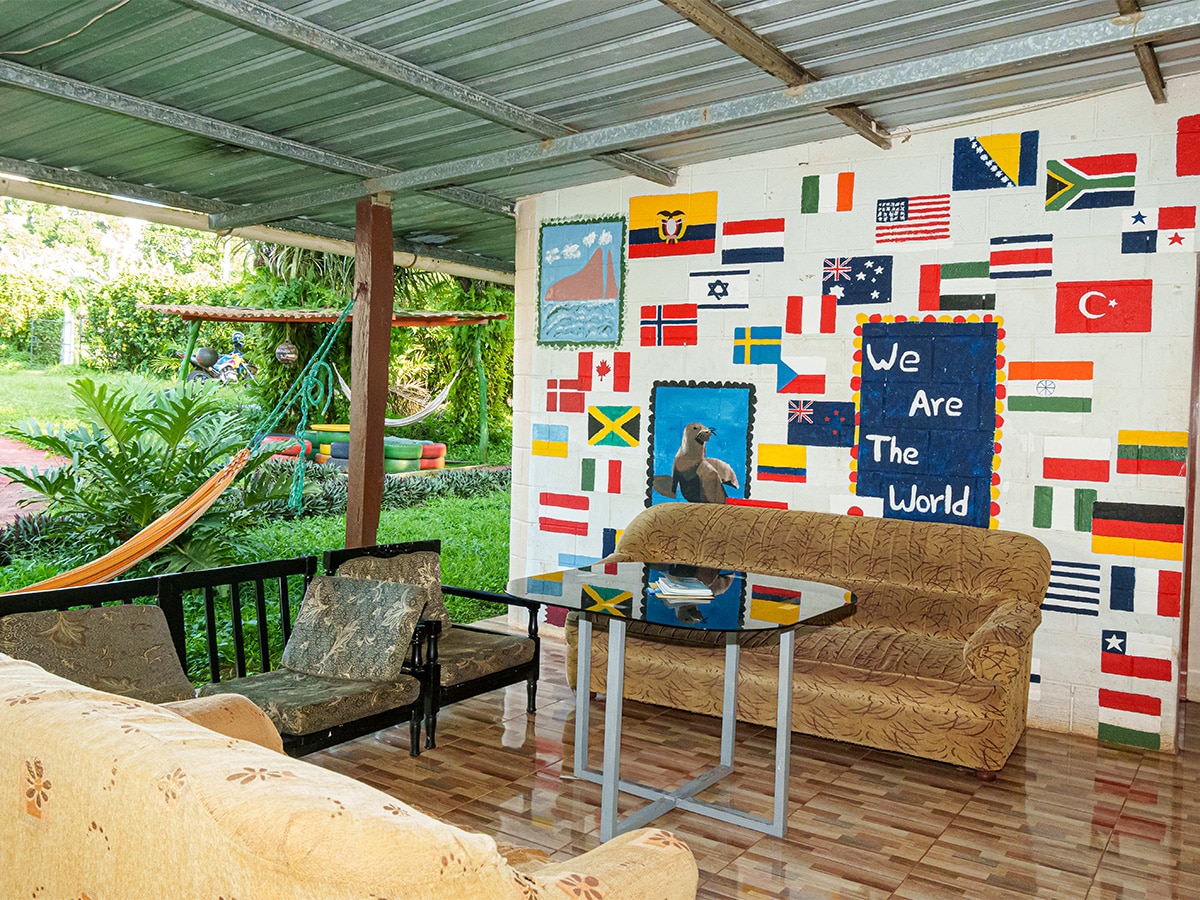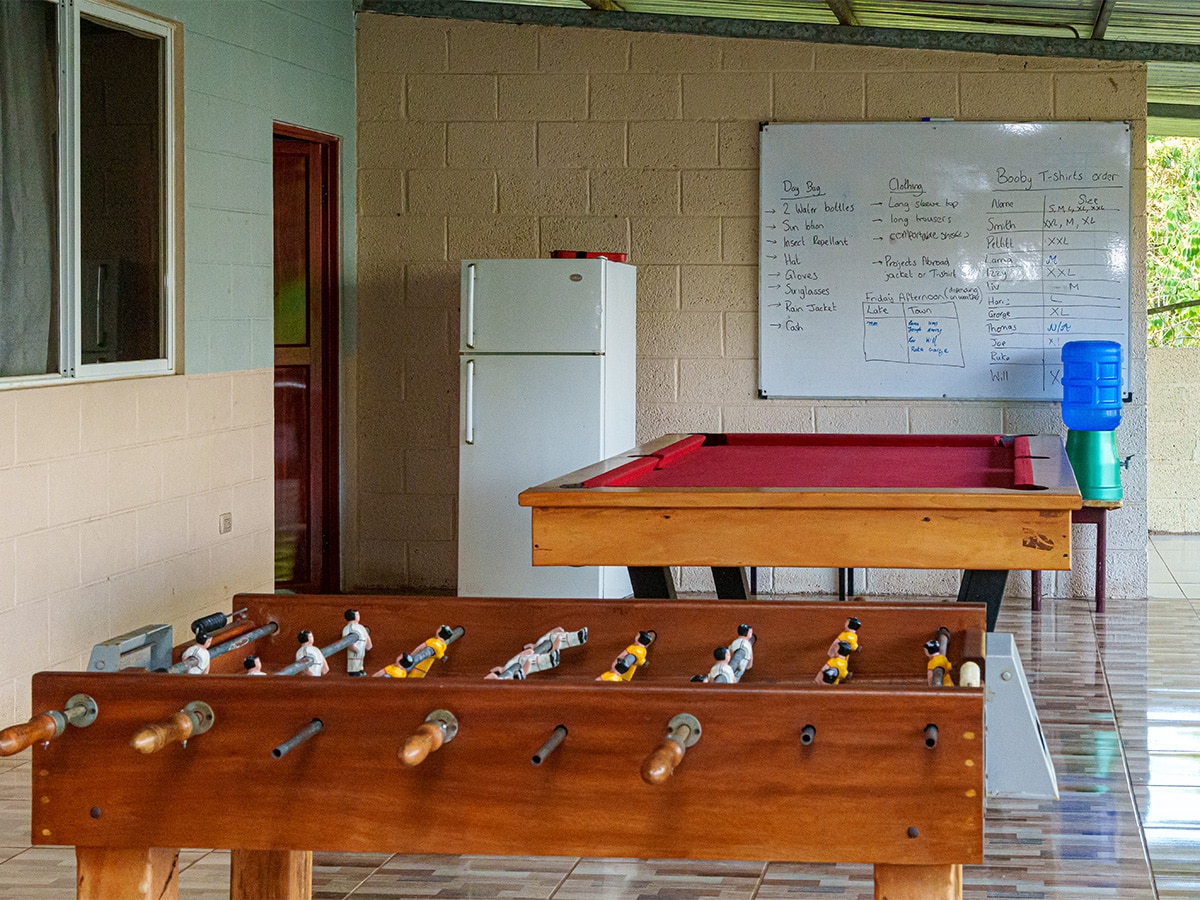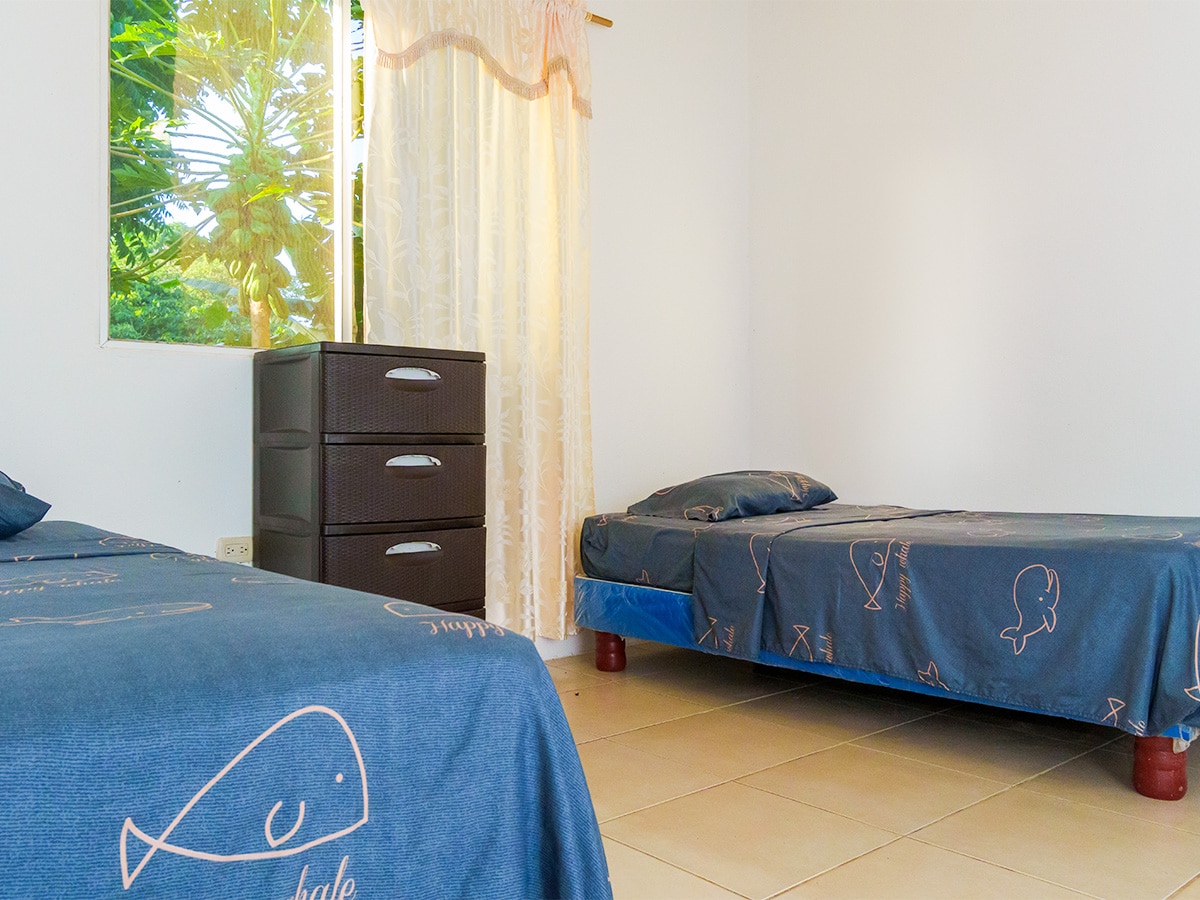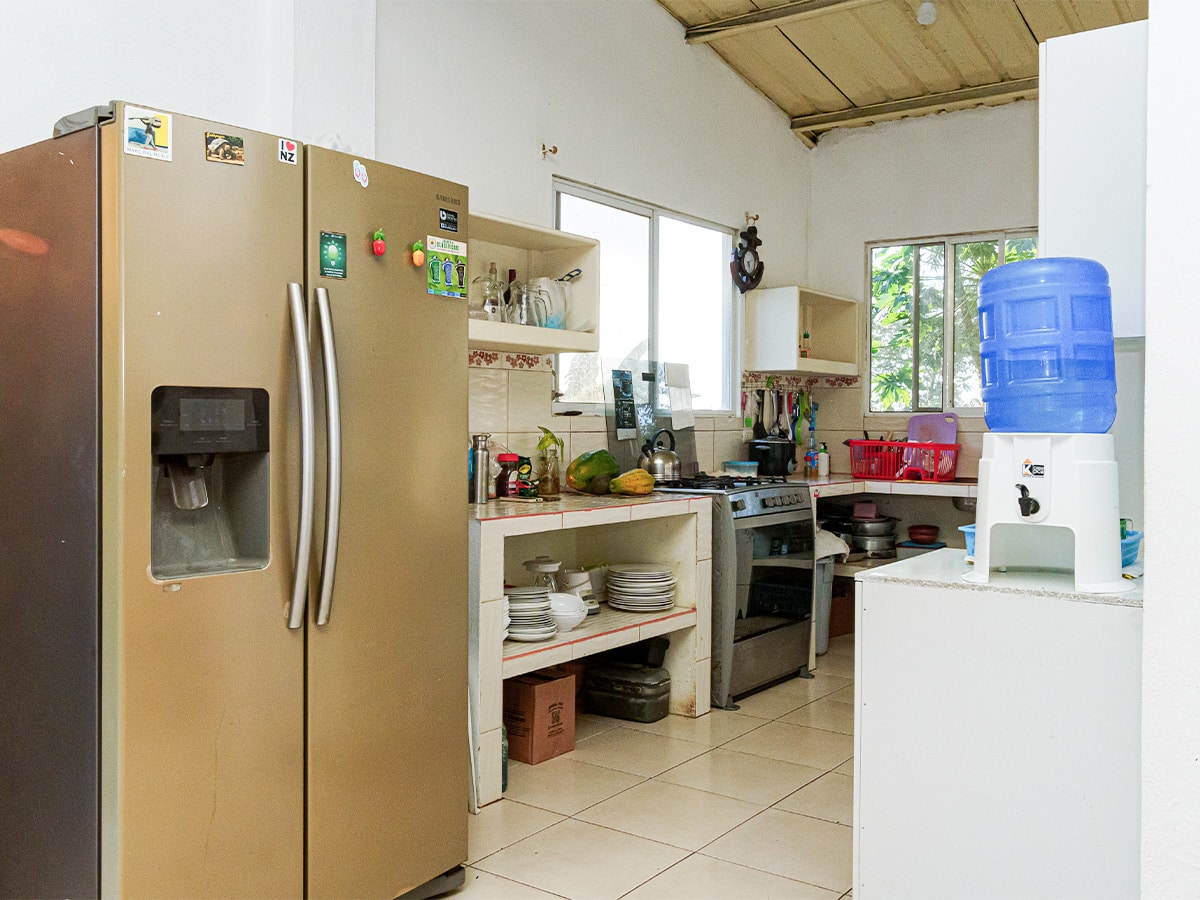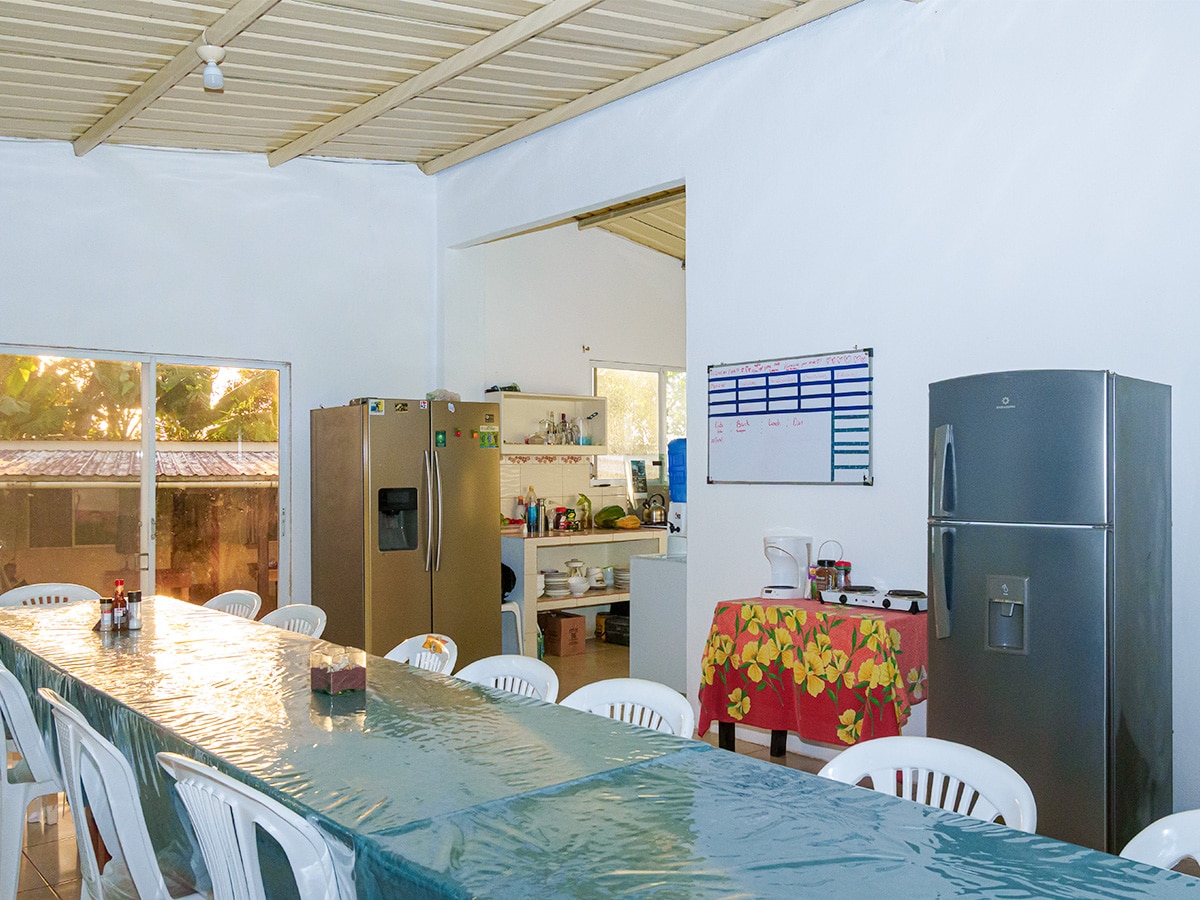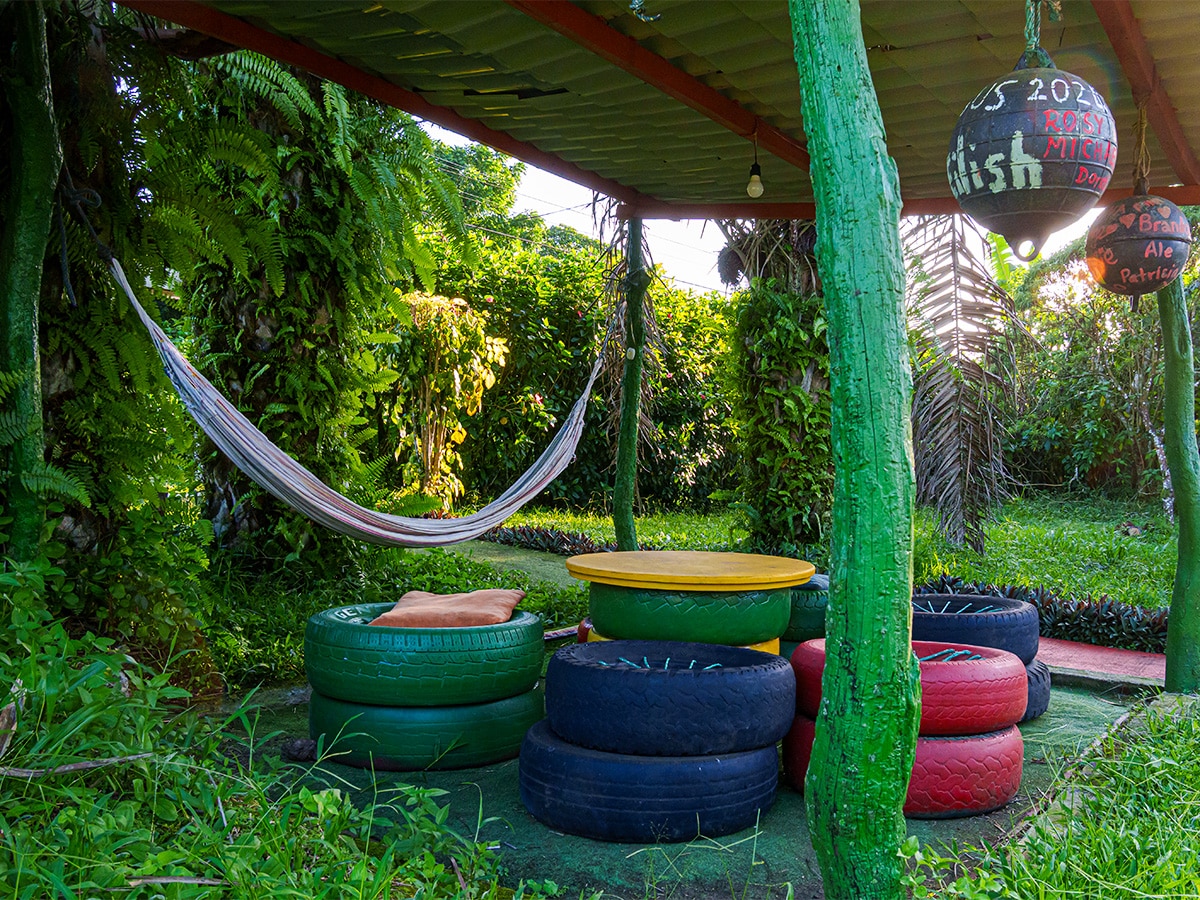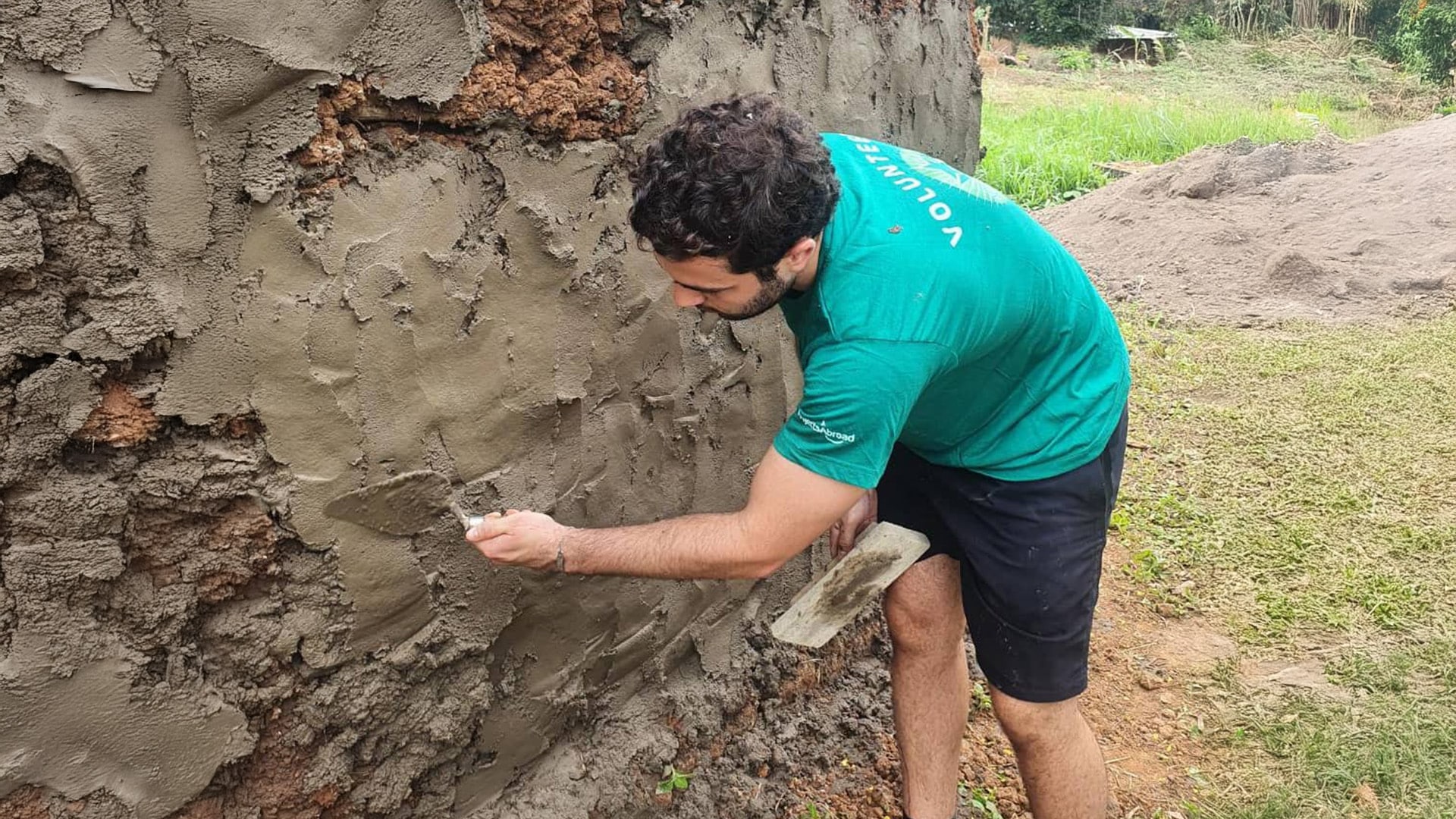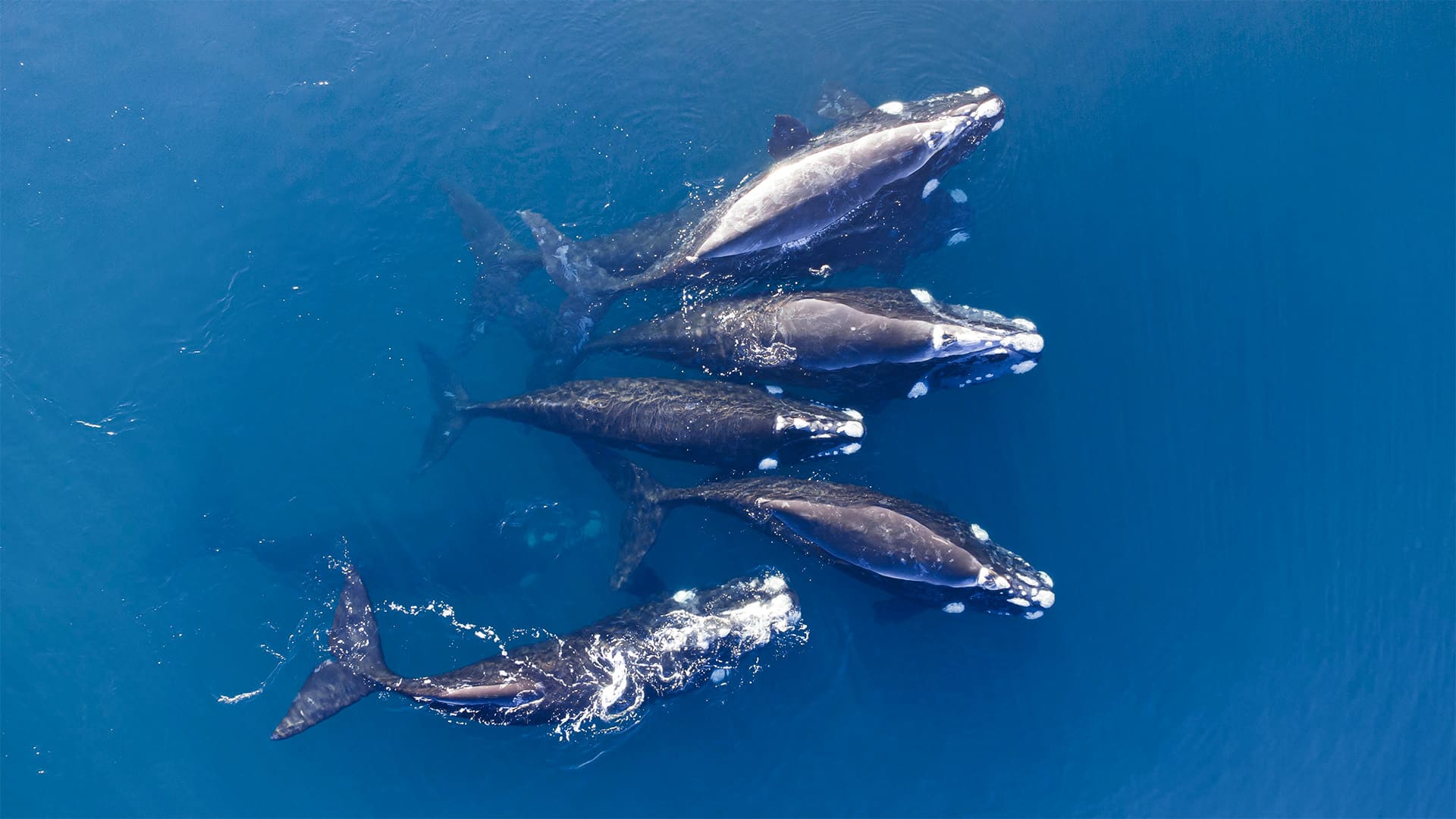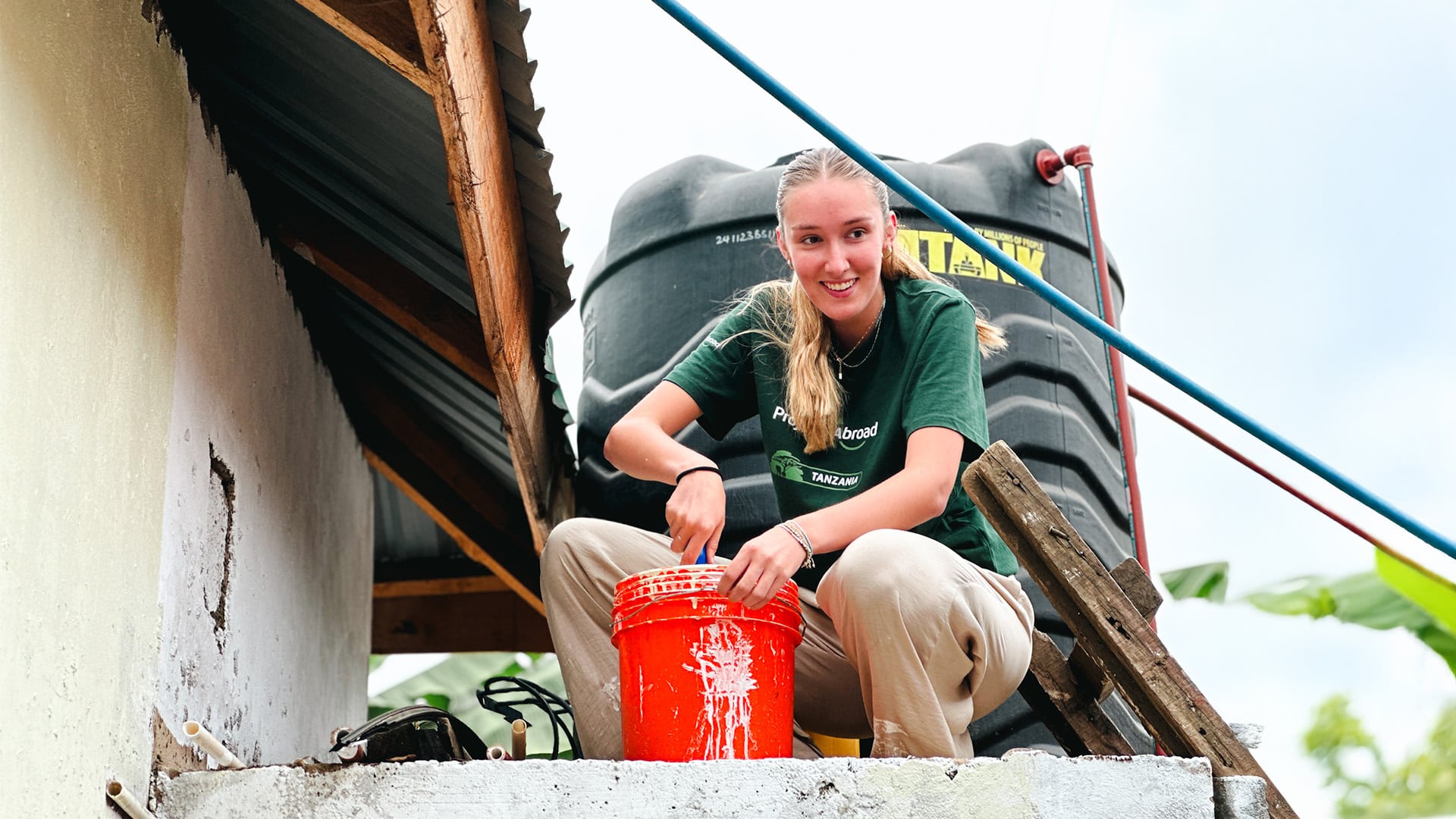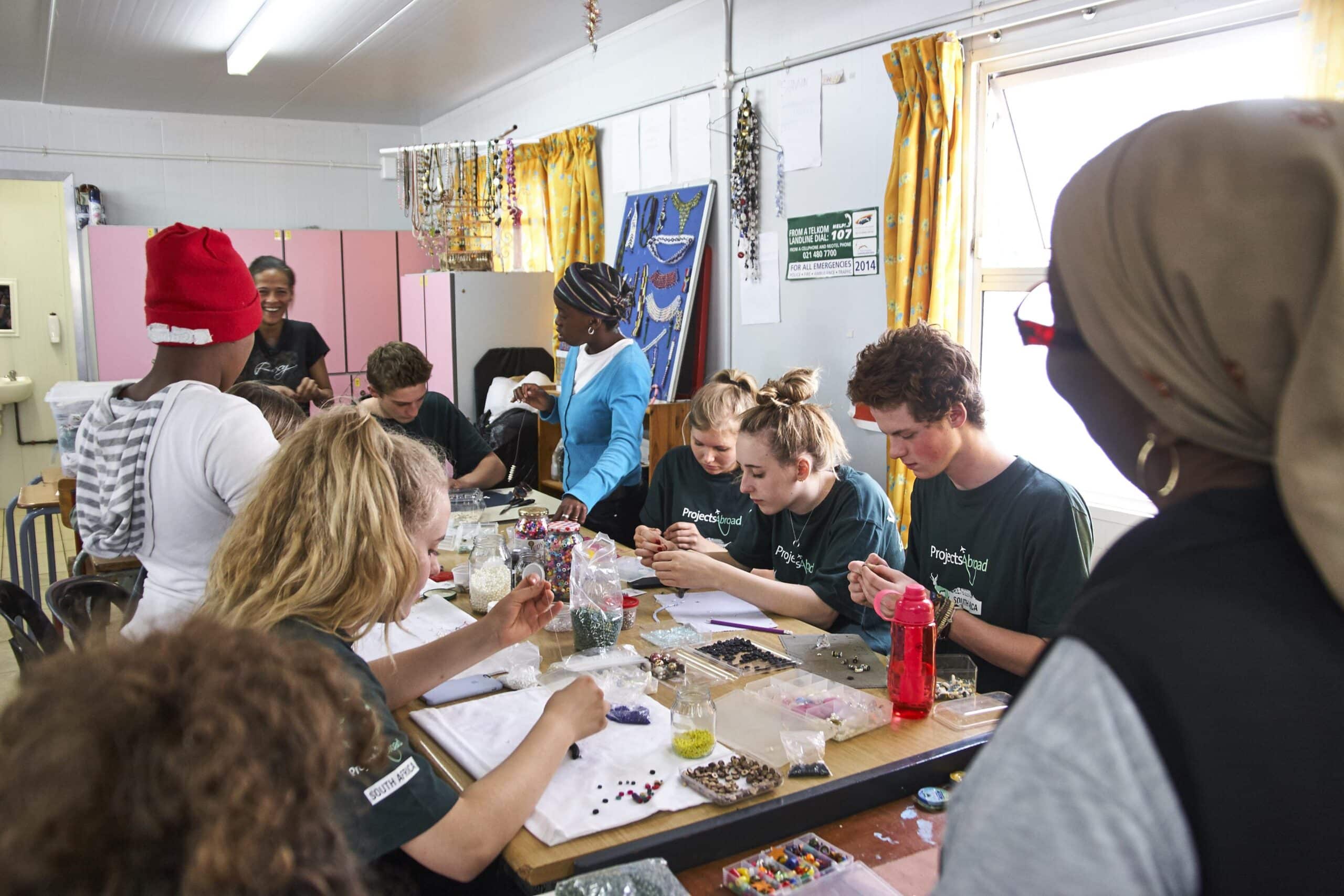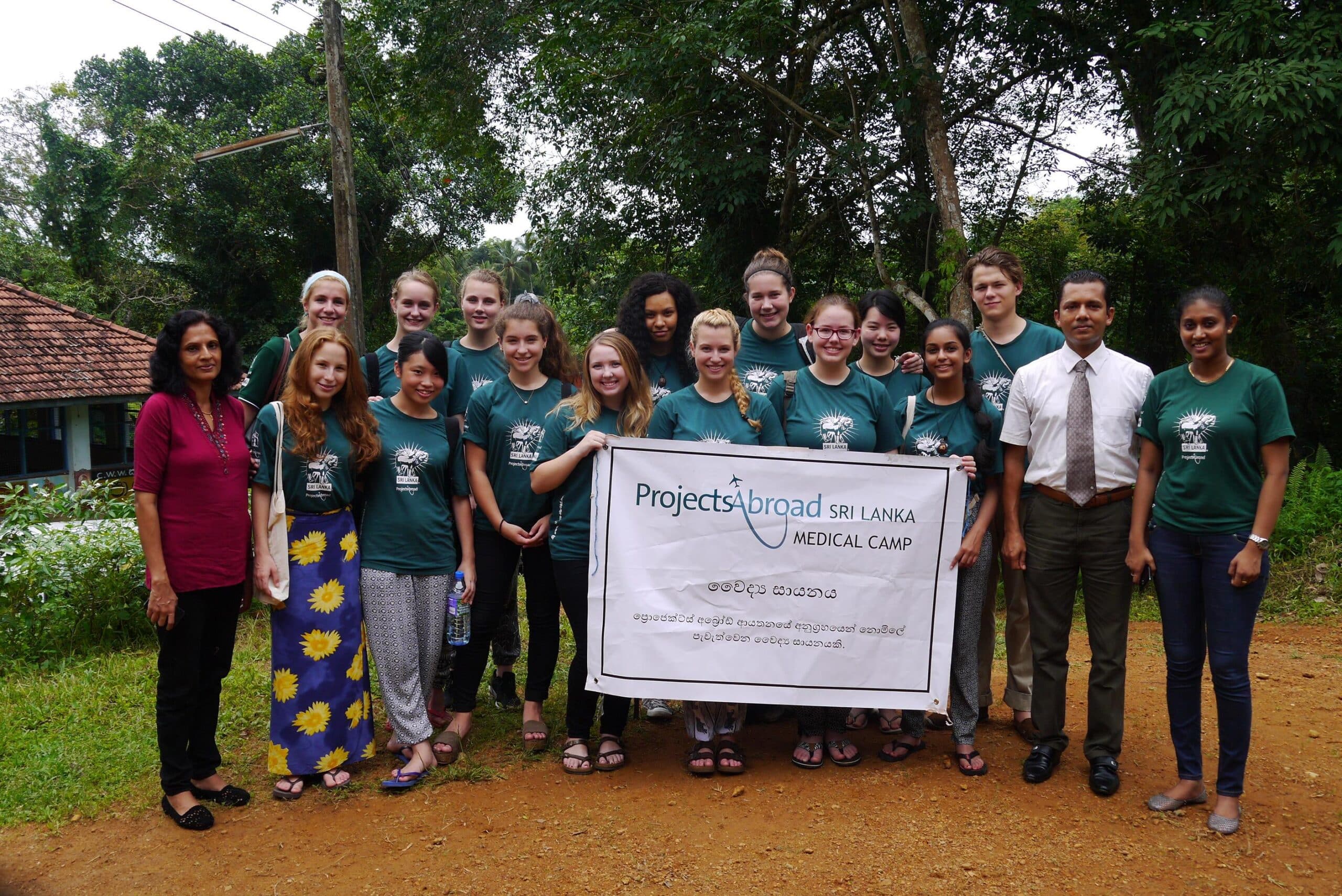Giant Tortoise & Sea Lion Conservation in the Galapagos Islands
Work in the Galapagos National Park and contribute to the conservation of many unique ecosystems
What’s Included
24/7 Support
Accommodation & Amenities
Activities, Training & Equipment
Certification
Starting at £1,545 for 1 weeks
Trip Overview
What you need to know
Overview
Are you passionate about protecting our planet? Do you want to experience living in one of the most unique environments on earth? Then this is the ideal project for you!
This project is also a great fit for you if you want to pursue a career in conservation one day. You will have relevant experience to add to your CV, and interesting points to talk about in interviews. Getting actively involved will also show your commitment to conservation work, and you’ll learn directly from conservationists.
You don’t need previous experience to join. We’ll teach you everything you need to know, and you’ll work alongside experienced conservationists. You’ll also have support from our Projects Abroad staff should you need anything.
Our Galapagos Island Conservation Project runs year round, and you can join at any time.
A Day in the Life
No one day will be exactly the same as you’ll be working on multiple different initiatives throughout your time in the Galapagos. This means you will participate a wide variety of activities in any given week.
An average week day will begin with breakfast at your shared accommodation lodge. You will then head to the Projects Abroad office, where you’ll be transported to your work site. Your activities will begin at around 8am, unless you’re going bird watching. This activity requires an early start of 5am.
Once you finish up with your work around 1:30pm, you’ll have the rest of the day to relax. Stroll along the beach, enjoy dinner with your fellow volunteers, or find a spot to watch the sun go down. You’ll also have the weekends free to explore and experience this tropical paradise. Learn how to scuba dive, visit nearby islands, or enjoy well deserved siestas in the sun!
Aims & Impact
The main aim of this project is to conserve and preserve the unique and abundant fauna and flora found on the Galapagos Islands. We strive to achieve this goal through practical hands-on work and research.
Many of the precious endemic species of the Galapagos are under threat due to the alien species that have been introduced onto the island. As so many of these plants and animals are unique to this environment, protecting them from these threats is essential. By participating in this project, you will contribute towards the protection of these special plants and animals, and help them survive.
The Galapagos National park also needs all the help you can give them. The park is understaffed and the conservationists need help to carry out all the necessary research and monitoring activities.
We also strive to make a bigger impact through our conservation education programme. By teaching children and local communities about the importance of conservation, we hope to involve more people in our efforts.
Generally, we are working towards three long-term and sustainable goals through this project. They are:
- Facilitate the restoration of natural habitats
- Protect local wildlife
- Increase awareness in the local community of the importance of protecting the environment
Take part in this conservation volunteer opportunity and help preserve the biodiversity of the Galapagos Islands.
Activities
You’ll focus on supporting the work of local conservationists at the Galapagos National Park. Here are some of the tasks you can expect to do during your placement:
Your activities will be divided into four main categories:
Conduct surveys to monitor wildlife species
Throughout your stay, you will work at the giant tortoise breeding centre. This species is one of the most fascinating and famous animals found on the Galapagos Islands. You’ll help:
- Feed the tortoises
- Clean their enclosures and pools
- Take biometric data, like measurements
- Conduct population surveys
You’ll also assist with sea lion monitoring and bird surveys throughout your time with us. This is important work, as it helps us keep tabs on their numbers. You may also get the opportunity to participate in a marine iguana census. You’ll count individuals, note the composition of the population, and identify breeding sites.
Help control invasive animal species
Alien species are a problem in the Galapagos, as the ecosystem has no natural predators. These foreign species are preying on the island’s animals, which is a big issue. You will assist with controlling invasive species and protecting indigenous animals from these introduced predators throughout your stay.
The Galapagos petrel, a marine bird, is one of the native bird species that we have been monitoring and assisting. Unfortunately, the petrel population is under threat because of a rising number of alien rats on the islands. Rats attack nesting birds and eat their eggs.
In response to this, Projects Abroad and the Galapagos National Park Agency got a special poison designed to attack the rats’ immune systems. This poison does not affect other animals and helps control the rat population, which makes this an important environmental sustainability project.
Our volunteers monitored the petrel breeding population and we are thrilled to see that their numbers increased by 10% in 2017! We can link this directly to the fact that rat numbers have dropped by 40%.
Assist with the eradication of introduced plant species
Alien plants are one of the greatest threats to the endemic species and ecosystems of the Galapagos Islands. Eradicating these species is crucial to help indigenous plants thrive. You’ll remove plants such as guava, avocado, and raspberry plants, and replace them with indigenous species. We grow the indigenous plants in a nursery in the park.
Help with community clean-ups and education programmes
You’ll assist with beach clean-ups throughout your stay. By removing the litter from local beaches we protect local animals from unnecessary dangers and keep the natural environment as clean as possible.
You may also need to help with the weighing of this collected litter. We weigh the rubbish to try and identify the areas of the island that collect the most rubbish. This also allows us to see whether the amount of litter on the island is increasing or decreasing.
During your stay, you may also get the chance to participate in a wildlife conservation education programme. This will involve running workshops at local schools to raise awareness about the natural environment and the importance of conservation.
Map & Location
With no natural predators, the animals show almost no fear of humans. Get ready for up-close encounters with incredible creatures like Galapagos Giant Tortoises, Marine Iguanas, and Blue-footed Boobies.
San Cristobal
San Cristobal is the fifth largest and farthest east of the Galapagos Islands. Although not the biggest in terms of population, it is home to the capital of the Galapagos Province and oldest settlement on the islands, Puerto Baquerizo Moreno.
With a population of around 7,000 people, Puerto Baquerizo Moreno is a sleepy, tropical settlement with all of the essentials. You’re just as likely to find friendly sea lions lounging around town as you are the welcoming locals!
Food & Accommodation
Despite living in the heart of the restricted Galapagos National Park, you will have everything you need to enjoy an incredible island expedition. With us, you’ll get a clean bed, fresh drinking water, three home-cooked meals a day, and even high-speed Wi-Fi!
You’ll stay in a comfortable, safe, and secure house with other Projects Abroad participants, where we will try to put you in a room with someone of the same gender and age. There is a large common area with dining space and a pool table, and a large outdoor space with hammocks and sports in the sun.
There is a couple who live on the conservation camp and will cook your meals while you are there. Get stuck in, learn some Spanish, and make friends with like-minded travellers from around the world.
Free Time and Leisure
The Galapagos Islands, famous for the research Charles Darwin did here with its many unique animal species, is the ideal location to explore and immerse in the tranquillity of nature.
While you’re volunteering here, it’s worth checking out the beautiful beaches where seabirds circle above and sea lions laze about on the sand. You can also go snorkelling or scuba diving along the coast.
Hiking around the base of one of the many volcanoes that make up the Galapagos is spectacular and thrilling! You can also follow the Darwin trail or trek through the Punta Pitt.
There are plenty of museums and art galleries for you to learn more about the culture and history. You can also chat to locals and buy souvenirs at bustling markets.
What’s great about joining our projects is the chance to connect with other volunteers. So you can choose to explore the Galapagos independently or you can travel with the new friends you make along the way.
Your Arrival Made Easy
When you arrive at your respective airport, a member of Projects Abroad staff will be there to meet you. You can find more detailed information on arrival airports, orientation, and visas on our Ecuador Arrival Procedures page.
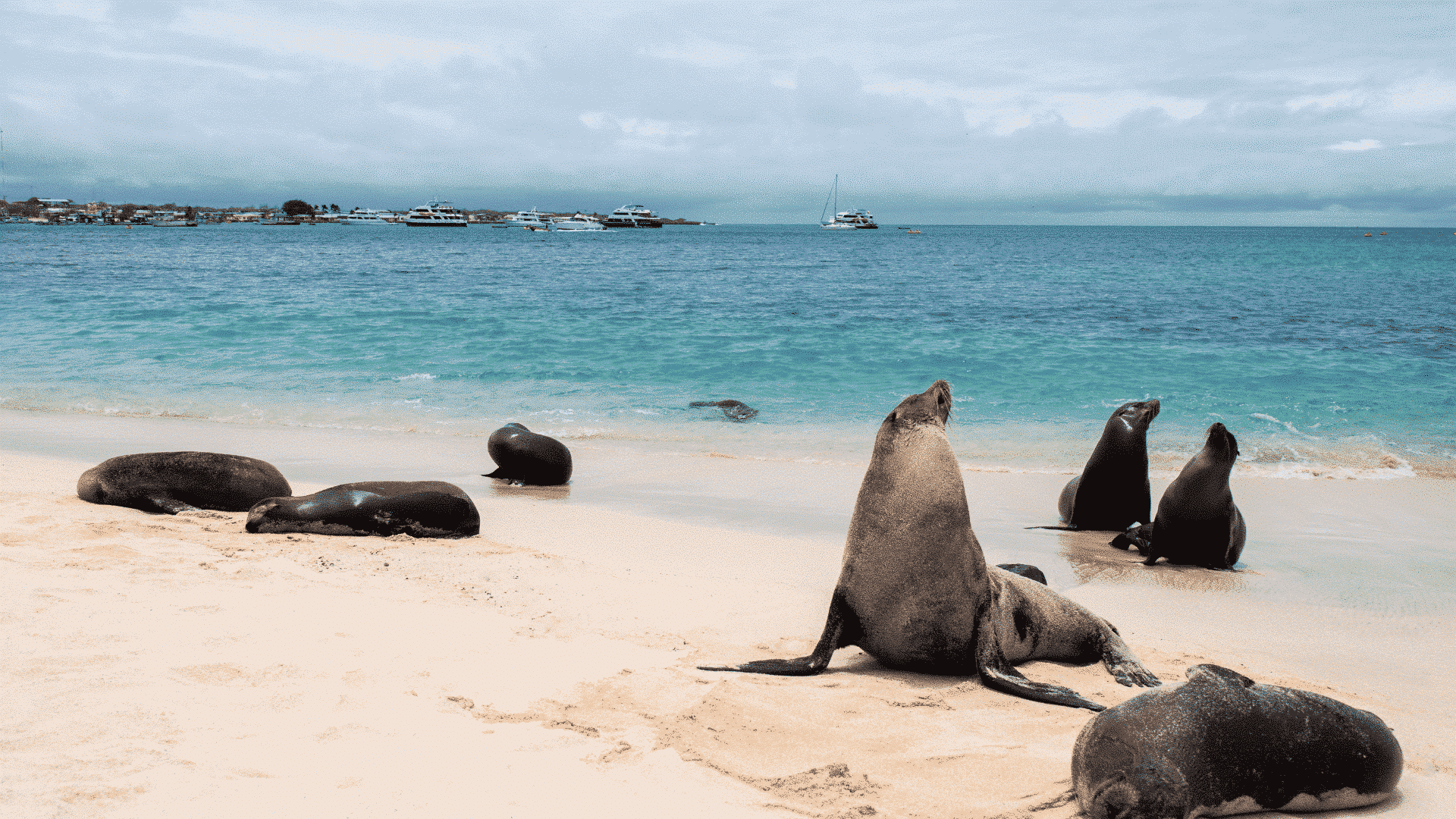
Book your adventure
Starting at £1,545 for 1 weeks

Call 01273 007230 to discuss special discounts or group bookings.
Still got questions? We’re happy to help!
Our trusted accreditations




